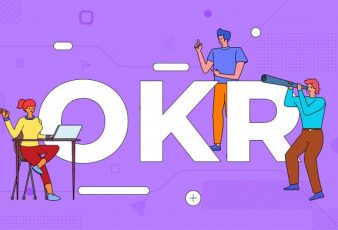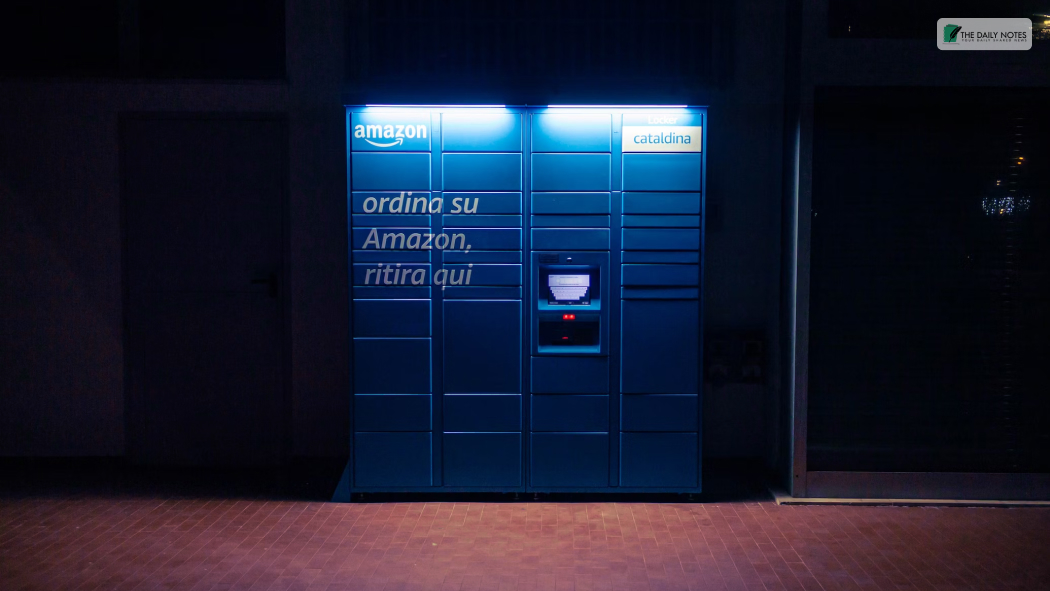Businesses never sit still. Staff come and go, projects change, and systems evolve. With all this in mind, businesses must have proper systems and processes in place for provisioning.
Whether a new developer needs access to a Virtual Machine or an employee leaves who requires system access removed, ensuring provisioning is carried out correctly is essential.
Over time, a business’s provisioning requirements can become unwieldy. Automated provisioning software can pick up the slack. Having a system built into a business’s IT infrastructure to automate provisioning can alleviate the burden of manual processes.
As such, it is no wonder that more businesses worldwide are opting for provisioning software that meets their individual needs.
What Is Provision Software?

Provisioning software is a tool that allows the automation of software allocation. Moreover, it can ensure that new starters are granted access to the systems they need, then swiftly remove access when no longer required. However one can adapt it by job role, ensuring that people have access to all the software they need, but also only software that they need.
However, features such as integration with HR packages and common software like Office 365 and Slack tend to be standard. Often, the software will have an API, allowing developers to integrate the provisioning software with their own niche or bespoke products.
Benefits Of Using Provision Software

Let’s look at why a company may opt for provision software:
Reduced Admin Burden:
Granting and removing access to systems manually, can be a big waste of your valuable IT team’s time. However, utomating this allows your IT team to focus on more beneficial tasks.
Lower Error Rates:
Unfortunately, we humans are fallible. No matter how good a process or how diligent an employee is, mistakes are a part of human nature and will creep in over time. Hence, automated software eliminates the potential for human error.
Improved Compliance:
The importance of proper provisioning is balanced. Moreover, in some sectors, under regulations like banking, it is even a legal obligation. However, proper provisioning compliance means employees will not have access to systems they do not require. Moreover, it helps reduce instances of potential fraud and ensures compliance with obligations such as GDPR.
Expediting The Onboarding Process
One key benefit of provision software is that it provides employees and contractors with hassle-free access to resources. Ultimately, it makes the entire process of manual provisioning easy.
Security Of The Organizagtion
Automated provisioning helps the organization maintain security and follow some of its policies. However, by offering user-specific permission for their role, the security teams do not have to worry about underqualified and negligent employees. Yes, they are the ones who compromise the integrity and confidentiality of the sensitive data system.
Bringing Down The Onboarding Costs Of The User
With the help of provision software, it uses personnel and resources for higher-value tasks. Here, the teams can automate the entire workflow within their technological boundaries. As a result, the organization can save time on onboarding.
How Does The Entire Provisioning Work?
We have gained a thorough understanding of how, through provisioning, the organization can control management through automation. Moreover, provisioning ensures that the individual follows the right process, identifies the right procedures, accesses the right papers and permissions, and manages the changes for the business.
When the management assigns a role to the user, he/she automatically gets created in the service. After that, they are granted access to documents and the required permissions and control. As a result, when the user gets disprovisioned, the application ecosystem gets deleted without anyone intervening. This is where the role of these softwar becomes highly important.
Different Variations of The Provision Software
The provisions come in different shapes. However, not all of these are categorically different from one another; some are supersets of each other. However, let us take a lool at the different variations of provisioning software.
User Provisioning
The first in the list is user provisioning. It takes into account a simpler way to deal with individual users and the provisioning process. Moreover, it involves pinpointing the group and then handling the entire group as a whole. It’s basically an open standard that communicates data between service providers.
Account Provisioning
It involves the different processes that act on the user account. However, it includes the creation of an account, changing, deletion, and management of permission, data security, and finally, disabling.
Synchronization Of Identity
The identify synchronization refers mainly to a real-time syncing of data across the different connected identity stores. Let’s give an example to help you understand this concept. Bringing in a change in the source email address will end up changing the address in the emails everywhere they are utilized.
Factors Driving The Adoption Of Provisioning Software
Here are some factors that have been driving the recent trend for utilizing automated provisioning software:
- The growing complexity of IT infrastructure: As the workplace has shed its need for paper, bricks, and mortar, the use of software has grown at an alarming rate. Even a simple business today could be using dozens of pieces of software, all adding to the complexity of provisioning.
- Increased compliance obligations: The introduction of the EU’s GDPR had a huge impact on any business trading in or with the EU. One aspect of this was ensuring that proper provisioning occurred to ensure employees only had access to the data they required for their role. The hefty fines for non-compliance make breaking GDPR a costly mistake for businesses.
- Cybersecurity: Unfortunately, as the world becomes more connected, cyber threats become more prevalent. Ensuring employees do not have access to unnecessary systems for their roles can help limit the impact of a cyber attack should the worst happen.
Driving Forces Behind The Rapid Evolution Of Software Development
Software development is experiencing rapid changes. This is primarily due to the relentless pace of technological innovation and the increasing demands of modern users.
New technologies such as artificial intelligence, machine learning, and cloud computing continue to evolve. However, with the change, they drive significant transformations in how software is designed, developed, and deployed.
However, the evelopers now have access to more powerful tools and platforms that allow for faster coding, testing, and implementation cycles.
The tech landscape fuels the acceleration. Businesses strive to release new features and updates quicker than ever to maintain user interest and stay ahead of competitors.
Additionally, the shift towards more user-centered design philosophies in Software development is influencing rapid changes in the industry.
Today’s consumers expect personalized, seamless, and intuitive software experiences across various devices. Therefore, to meet these expectations, developers are adopting agile methodologies that emphasize continuous improvement, flexibility, and the regular iteration of products based on user feedback.
However, this approach not only enhances user satisfaction but also ensures that the software can rapidly adapt to changing market conditions and technological advancements.
The dynamic nature of consumer preferences necessitates frequent updates and upgrades. Ultimately it pushes the software industry towards faster development cycles and more innovative solutions.
Conclusion
It is evident that a more robust way to handle provisioning is essential for a modern business. As such, it is no surprise that provisioning software has grown in popularity in recent years.
From increased compliance to a reduced burden on IT teams, provisioning software is a trend that is here to stay.
Provisioning software has different benefits, such as increasing productivity, decreasing costs, and streamlining the entire onboarding system. Here the organizations can offer the new employees, consultants, and contractors the raw access and data to perform their jobs.
Learn More About:





























All Comments
Jammie Wuckert
Simply desire to say your article is as surprising The clearness in your post is simply excellent and i could assume you are an expert on this subject Fine with your permission let me to grab your feed to keep up to date with forthcoming post Thanks a million and please carry on the gratifying work